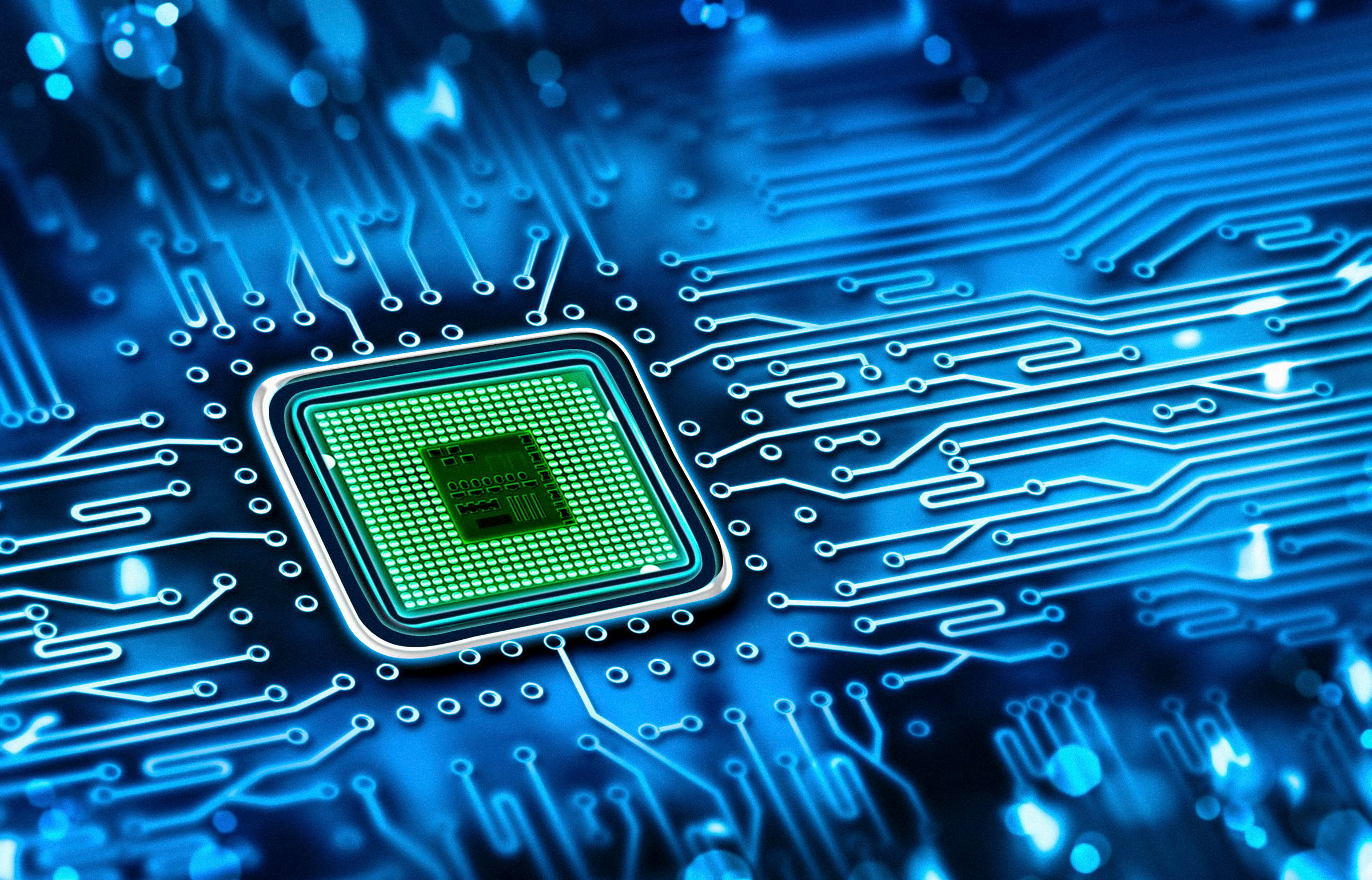Micron Technology (MU +0.62%) has given investors a lot to worry about in recent months. Oversupply in the memory industry has wrecked the chipmaker's momentum, and Wall Street is refusing to buy management's argument that the weakness will last only a couple of quarters.
That's not surprising, as the end-market scenario is stacked against Micron. Weak smartphone sales, low graphics card demand since the end of the cryptocurrency surge, the U.S.-China trade war, and broader semiconductor market uncertainty have given investors reasons to bail.
But at the same time, the memory specialist is sitting on some secular growth drivers that make it a solid bet at its current valuation. Let's take a look at three key reasons Micron could prove to be a winner despite the current headwinds.

Image Source: Getty Images.
Strong memory demand in the cards
Micron customers aren't buying as much memory as they used to thanks to declining DRAM (dynamic random access memory) and NAND flash prices. Those customers had an incentive to stock up more inventory when prices were rising to protect themselves against any future increases. But as memory supply rose and prices started coming down, those customers stopped stocking up in advance.
Micron believes that its customers will take around six months to cut through their existing inventories before demand starts rising once again. It won't be surprising to see Micron's assessment turn into reality, since the memory industry now has a lot more growth drivers that could prevent it from going into oversupply.
Artificial intelligence (AI) is one emerging tech trend that could ensure solid DRAM demand. For instance, the massive amounts of data generated for processing AI workloads in the cloud will create the need for a lot more DRAM in servers. Micron CEO Sanjay Mehrotra estimates that AI servers will need six times the DRAM when compared to traditional servers. Additionally, NAND flash memory demand will increase, since AI servers will require twice the amount of solid-state drives (SSDs).
The good news for Micron is that the deployment of AI-centric servers is going to increase. IHS Markit estimates that less than 2% of servers came equipped with AI and machine learning (ML) chips back in 2017. But by 2022, nearly 11% of servers will have specialized processors for tackling AI and ML workloads.
As a result, these servers will require more memory chips. Memory demand will also increase thanks to advancements in the field of self-driving cars. Micron estimates that there will be a 10-times increase in the amount of DRAM used by an average vehicle and a 100-times bump in NAND consumption per vehicle in the coming years as autonomous driving technology evolves.
There are a number of demand drivers for the memory industry in addition to the smartphone and PC markets. That's why Micron expects DRAM demand to start picking up in the second half of 2019, along with "an improved industry supply picture" that should contribute to a turnaround.
Check out the latest Micron earnings call transcript.
Supply chain actions
The memory industry oversupply has caused a big headache for Micron peers Samsung and SK Hynix. Both Samsung and SK Hynix recently saw their operating profit decline for the first time in two years. Not surprisingly, they are now planning cutting back production so that the market isn't flooded with more memory products until demand returns to normalcy.
These supply chain actions should ensure that the memory industry oversupply starts coming down in subsequent quarters and the pricing environment improves. That, along with lean channel inventories at Micron's customers, could give the chipmaker a nice shot in the arm and help turn its fortunes around.
Attractive valuation and balance sheet
Micron stock is trading at dirt cheap valuations. It trades at less than 5 times forward earnings and has a price-to-book ratio of just over 1, with both metrics coming down drastically in recent months at a pace that's far greater than the stock price drop.
At the same time, Micron investors shouldn't ignore the company's robust balance sheet. It has more than $1.4 billion in net cash and has managed to reduce its debt substantially over the past three years. Of course, bears will point out that Micron will face rough weather in the coming quarters, so it doesn't make sense to buy the stock despite the cheap valuation and balance sheet.
But there are catalysts on the way that should help Micron make a comeback, such as artificial intelligence, autonomous cars, and data centers. That's why it will make sense to buy small quantities of the stock when the opportunity presents.







